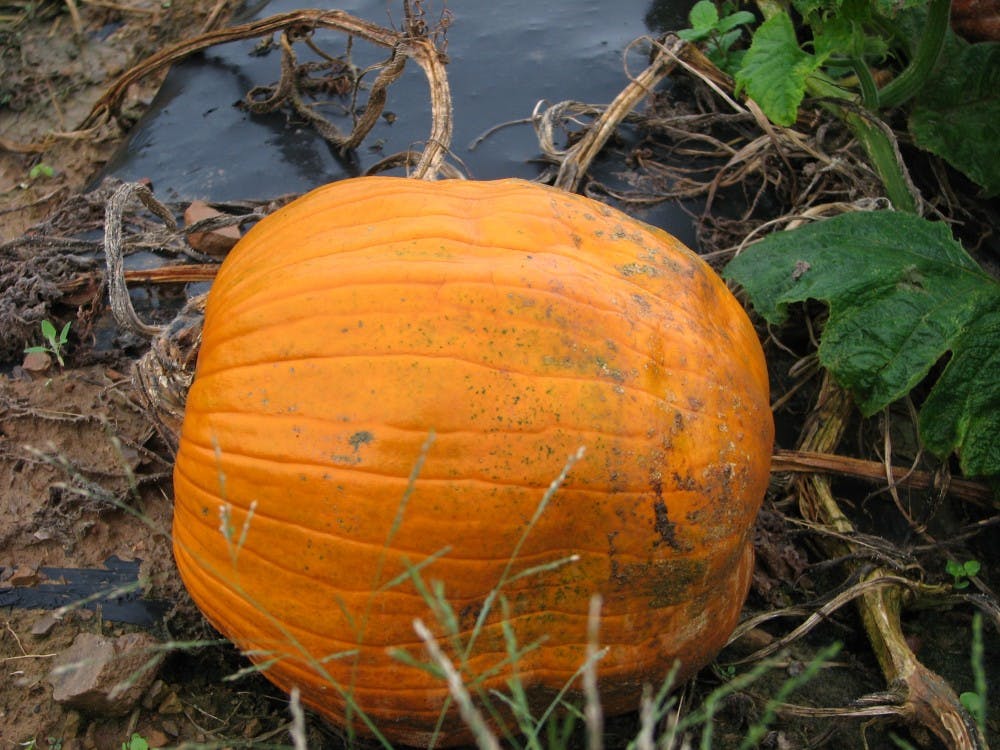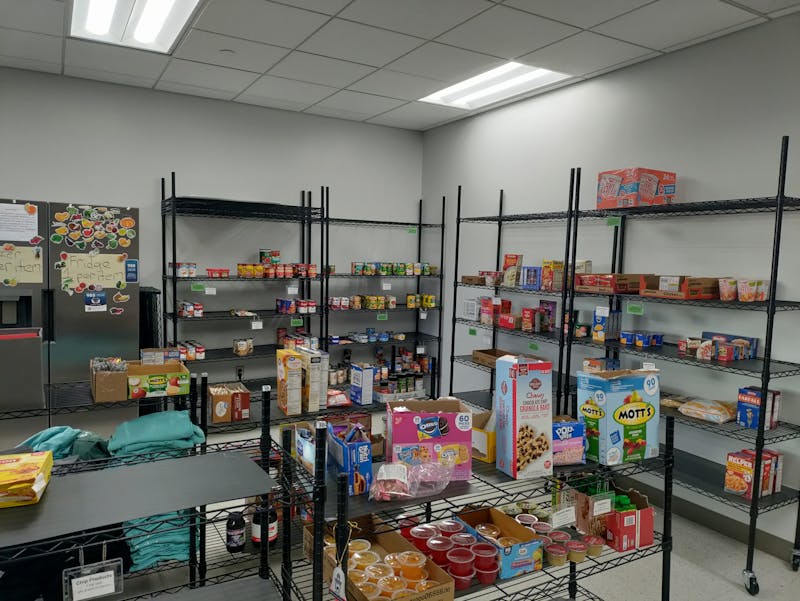The perpetual rain Pennsylvania endured this summer not only affected the moods of the state’s residents but also the health of the area’s pumpkin patches. The shortage of pumpkins does not mean no pumpkin pie for Thanksgiving, but for students looking to carve up some Jack-O-Lanterns, the pumpkin problems may put a damper on their wallets.
Country Creek Produce Farm, located in Chambersburg, Pennsylvania, is one of the largest pumpkin patches in the Cumberland Valley and just one of many farms that have been impacted by the wet summer weather.
“Since 2007, this is the worst year we’ve had with water issues,” said Country Creek owner Brent Barnhart, who has run the 60-plus acre farm since opening it in 2007. “Last year we had some issues with the rain but we could control it because there were enough dry days in between wet days. This year it's just too many prolonged days in a row. That’s the problem.”
Other than softening pumpkins’ shells and shortening the time the crops last before rotting, the constant wetness breeds fungi, molds, and other plant-killing diseases which are detrimental to the pumpkins’ health. There are fungicides available to protect the pumpkins, Barnhart said, but the treatments are not cheap and the fields require a new coat of spray after every fresh rainfall. He estimates that in his fields, nearly five out of every 10 pumpkins have been effectively ruined by the rainfall.
Tim Hawkins, a geography and earth science professor at Shippensburg University who runs the university’s weather station, agreed with Barnhart. According to the station’s records, the past few months have been among the wettest the area has seen since the university started recording rainfall data in 1933. June, which saw a total of 5.35 inches of rain, ranked as the 12th wettest June since 1933. July’s total of 7.74 inches was the third wettest, and August’s total of 4.90 (4.90) was the 13th wettest. The summer ended in September, which dropped 8.81 inches of rain on the Shippensburg area, the fifth wettest on record.
“My guess is that if I went and totaled the rainfall for this year’s June, July, August and September and compared it to every other June, July, August and September, it’d be Top 5, if not top record-setting,” Hawkins said.
Hawkins attributes the increased rainfall amounts to unusual atmospheric conditions the eastern United States experienced near the start of the summer.
“Early on in the summer we basically had this steady stream of moisture that was coming up, an ‘atmospheric river,’ and it was trained pretty much over the entire East Coast,” Hawkins explained. “The way the atmosphere was set up, the currents that we had, just pumped all of this moisture in from the tropics.”
Barnhart added that the wetness is not a problem only his farm is experiencing, but one the majority of the growers in the area are dealing with, likely driving up pumpkin prices. On his smaller patches, intended for customers who want to pick their pumpkins by hand, Barnhart hopes to break even financially. The farm’s larger fields, used to grow the bulk of the pumpkin crop, have been affected just as severely but the sheer number of pumpkins planted on those fields ensure there will be a profit.
“When it's all said and done, we never really have a shortage of pumpkins in this area,” Barnhart said, surveying his field. “But the prices are probably going to be up, especially for the larger ones that have been harder to grow.”





The Slate welcomes thoughtful discussion on all of our stories, but please keep comments civil and on-topic. Read our full guidelines here.